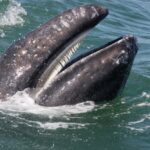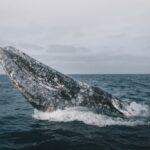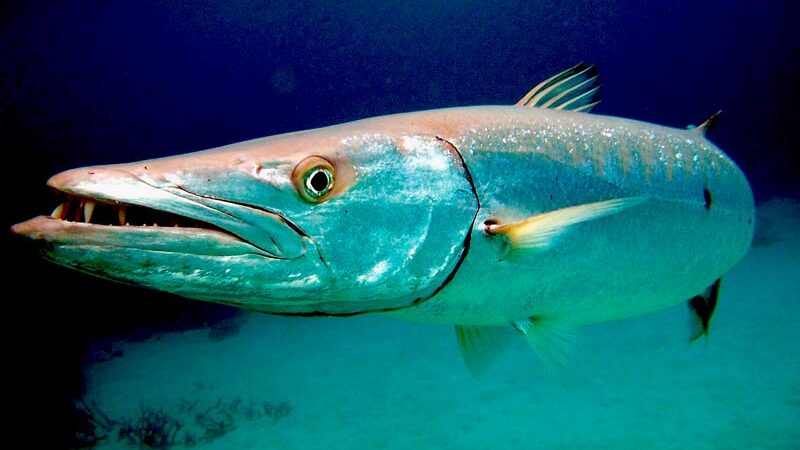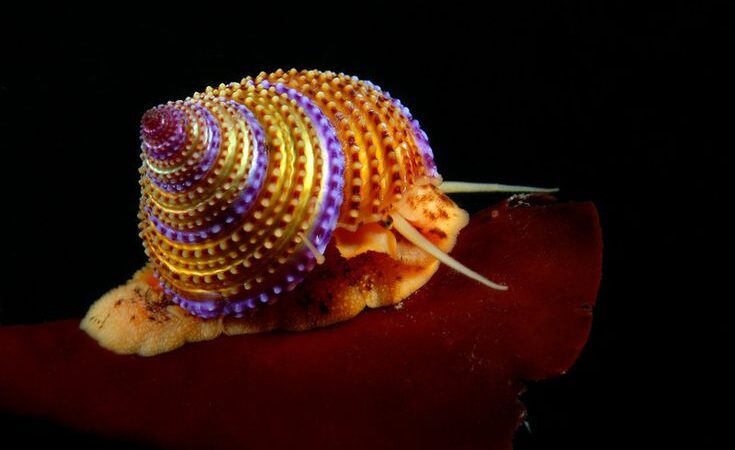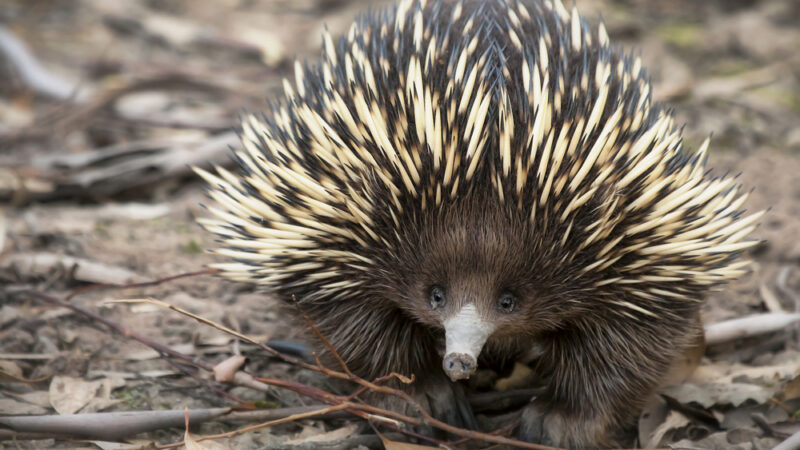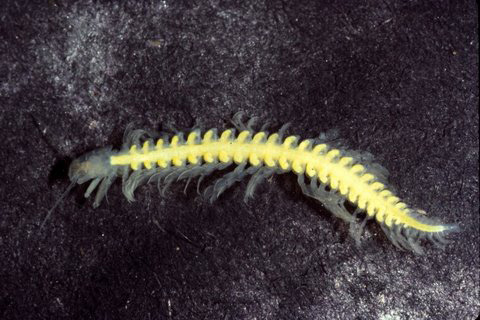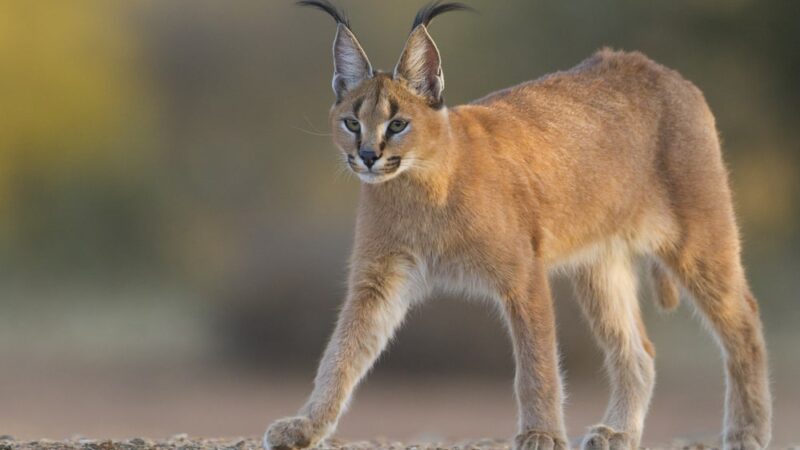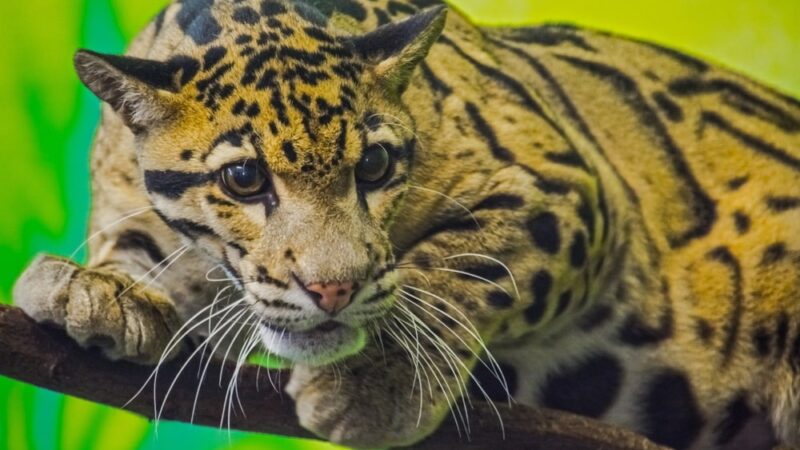Gray Whale
Shelter for Animal | Gray Whale | Grey whales are relatively large whales, measuring about 15 meters in length and weighing a hefty 27,000 kilograms. Their name comes from their Gray pockmarks, which are usually scars from cuts and parasite wounds.
Gray whale facts
They’re the only surviving member of their family Eschrichtiidae, though they seem to be closely related to their cousins, the humpback whales, and other rorquals. This area, in particular, is known for seeing Gray whales because it’s right smack dab in the middle of their migratory path. So let’s go see if we can find some grey whales!
These creatures are found only in the Pacific Ocean. This area, from Alaska to Baja California, Mexico is home to the only healthy grey whale population in the world, with over 20,000 individuals. Though according to population genetics specialists, there used to be over a hundred thousand before whaling began in full.
Gray whales are quite solitary, but right now we’re standing right in the middle of their migratory path. When it’s time to move on, they do end up creating almost a parade, and this area becomes quite populated with Gray whales. The only other population lives in the Western Pacific, mostly around Russia and Japan, but it’s critically endangered, also due to overhunting.
Are gray whales endangered?
This population has become functionally extinct, with only about a hundred whales left. They also used to be found in the North Atlantic, along European coasts, and eastern North America but disappeared in the 1700s, likely also due to overhunting. Every few years a grey whale is spotted in the Atlantic, but they’re likely from the Pacific and made their way there through the Arctic ocean.
It’s the end of the fall so a lot of these whales are passing through as they head to their breeding grounds in the warm waters of Baja, California. The captain was right. There it was. We just saw what we came here for. The spray from a Gray whale. We’re just waiting for it to resurface again. And they typically stay down for three to eight minutes, before resurfacing, blowing from that blowhole, and taking another gulp of air.
If you ever see a grey whale spray at the surface of the water, you might just want to say gesundheit, because that is their nose. In fact, mistreats like the grey whale have a blowhole that actually looks like a nose because they have two nostrils sitting on top of their head. Some of the most northerly whales can travel over 10,000 kilometers to their final destination, making this the longest migration of any mammal.
Once they get there, there won’t be a lot of food, so this might be their last chance to get a proper meal. These Gray whales can consume up to a ton of zooplankton every day. They do this by diving down into the water with their mouths wide open, gulping in that water, and then pushing it back out of their mouths through their baleen. So they have a gigantic tongue to force the water through, but everything that gets stuck in their baleen becomes dinner.
Gray whale eyes
Gray whales can be lefties or righties, and develop a preference for diving on one side of their head rather than the other, kind of like us with our hands and writing. This does change the development of their musculature on their head. So they might end up being really beefy on one side and a little underdeveloped on the other. Later in life, this can even affect how healthy their eyes are and end up going blind in one eye.
You can tell it’s a Gray whale by its color and by the shape of its dorsal side. Unlike other whales, grey whales don’t have a dorsal fin. Instead, they have a series of dorsal bumps or knuckles. So this whale is a 40-foot creature, but it’s currently swimming in water that’s not even 40 feet deep, so it can’t dive deep enough to show us its tail. It’s just kind of cruising at the surface to try and catch whatever it can.
But now it was time to head out to the open ocean where the whales can dive much deeper, and it was like stepping into another world. The fog was thick, making everything look greyscale, the waves were rough, and soon, all around us were Gray whales. We’re out in the open ocean, in the middle of a cloud, and we just hit the grey whale jackpot.
There’s got to be about three of them out there. And we’re in much deeper water now, so we’re gonna see some tails. We were in the middle of what seemed to be a feeding frenzy. This area was rich in zooplankton and eating them all is an opportunity whale can’t pass up. Come on, show us your tail. Give us a wave hello.
Baby gray whale
From here, they’ll keep going to Mexico to mate or to give birth. Calving takes place in shallow lagoons of less than 5 meters in depth. Of course, this has become a major ecotourism draw and thousands of people go see them every year. There’s the tail! Oh, what a fluke. Would you call it a lucky fluke to run into a bunch of grey whales? Because I would.
They have become accustomed to people and are a lot more curious there than when they’re in their feeding zones. Oh, that’s so cool, we just saw one of the Gray whales flick its tail up as it took a deep dive. We’re in much deeper water out here in the open ocean, so these whales here have the chance to dive as deep as they want and when they do, that’s when you’ll see their tail come up. When they eat, they like to turn sideways.
Grey whales diet
This strategy helps them catch plankton in their northern feeding grounds, as well as bottom-dwelling crustaceans in the shallow parts of their migration route. These really are gods among creatures, you know? Biologically, we are just not meant to be out here. But these creatures, these gigantic mammals, this is their domain.
This is where they live, where they eat, sleep and mate. Like all baleen whales, they take huge bites and then filter the edible with their coarse, brush-like baleen plates. Grey whales have an average of 150 of these structures.
Next to the blue whale, the gray whale has the largest tongue in the world.
And they use this gigantic tongue to push the water that they’ve gulped down through their baleen, which is what’s filtering out all the food from the inside of their mouths.
It’s stuck in there, they can swallow down all that delicious zooplankton. Oh, my god, it’s right behind me. Yeah. A lot of these females are pregnant, so they need to gain weight before they give birth to their five meters long, 900-kilogram heavy babies. Newborns drink about 30 liters of milk a day so there’s a lot of pressure for the mom to get enough food to support them. There it is, it’s right there. And there it is, our beautiful Gray whales.
Gray whale Population
This population has recovered so well that there have been plans to move some of these whales to re-establish populations in the Atlantic and to boost numbers of the Western Pacific population. Unfortunately, the logistics of moving hundreds of whales make this prohibitively expensive. There are also concerns about introducing new pathogens to those areas. It’s also possible the conditions there aren’t good enough to support grey whales.
Ocean noise, pollution, and lack of food could doom repopulation efforts. Whaling decimated populations between 1800 and the mid-1930s. Though thankfully, killing them was banned in 1949. Japan, Norway, and Iceland are the biggest commercial whaling nations, and they specialize in Minke whales. Japan also takes Sei whales under their whale scientific research program, though the program has been criticized for being a front to commercial whaling operations.
Indigenous communities, usually from the Arctic, also take whales, but they do it for their own survival. We’re so fortunate to be out here off of Vancouver, seeing one of nature’s greatest treasures. It’s the giants of our world. Hopefully, soon, we’ll see an end to bogus research programs, and hopefully a recovery of whale populations.
This successful population of Gray whales in the Eastern Pacific has proven that endangered species can recover with the right conservation policies. I can’t believe I got to see three grey whales out on this trip today. To me, they’re almost like mythical creatures, you know, something so huge and so powerful and mystical almost…
But to be able to be in their presence feels like something really special. It’s not a typical human experience, I don’t think. So I’m really fortunate to have gotten to spend a day seeing three Gray whales. It’s unbelievable. I don’t know, there’s just something special and magical about these whales, you know?
They’re unfathomably huge, they’re about as far removed from us as mammals as it gets, and yet, despite all that, they’re also some of the most intelligent animals on the planet. So as different as we are from them, we do have a lot in common. And as we learn more about these majestic animals, it might become easier to help them repopulate the oceans.
Reference: Wikipedia

